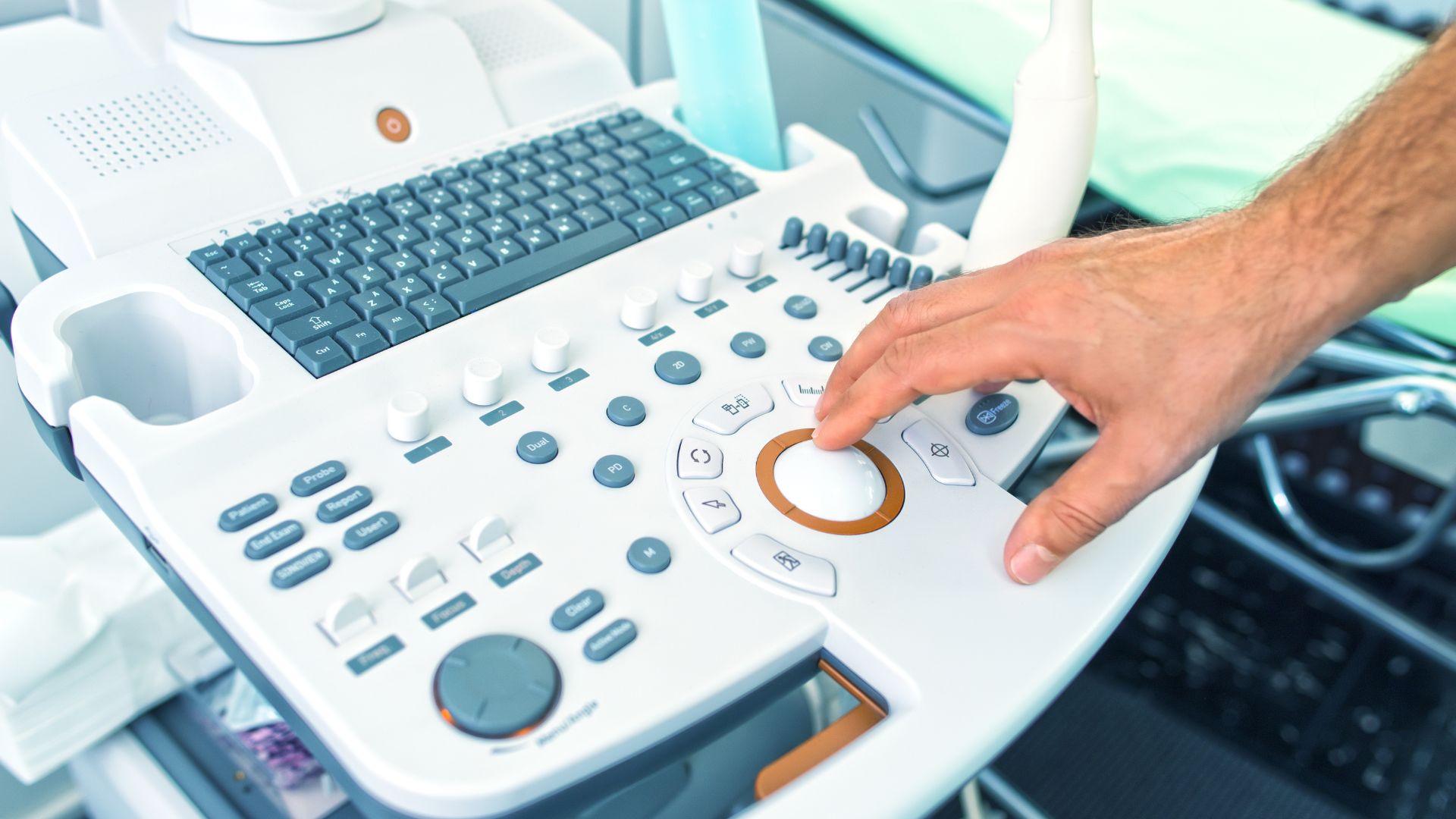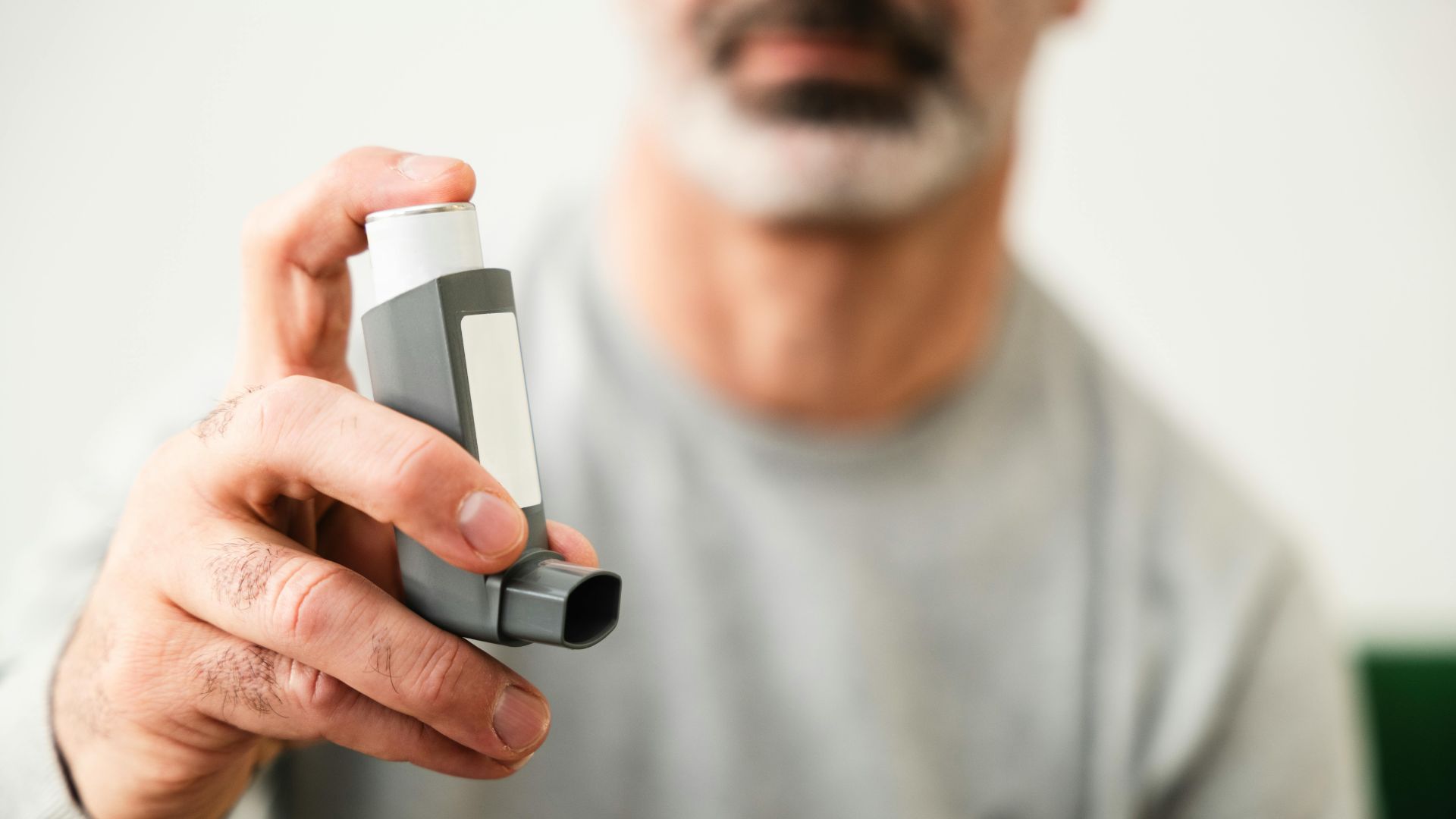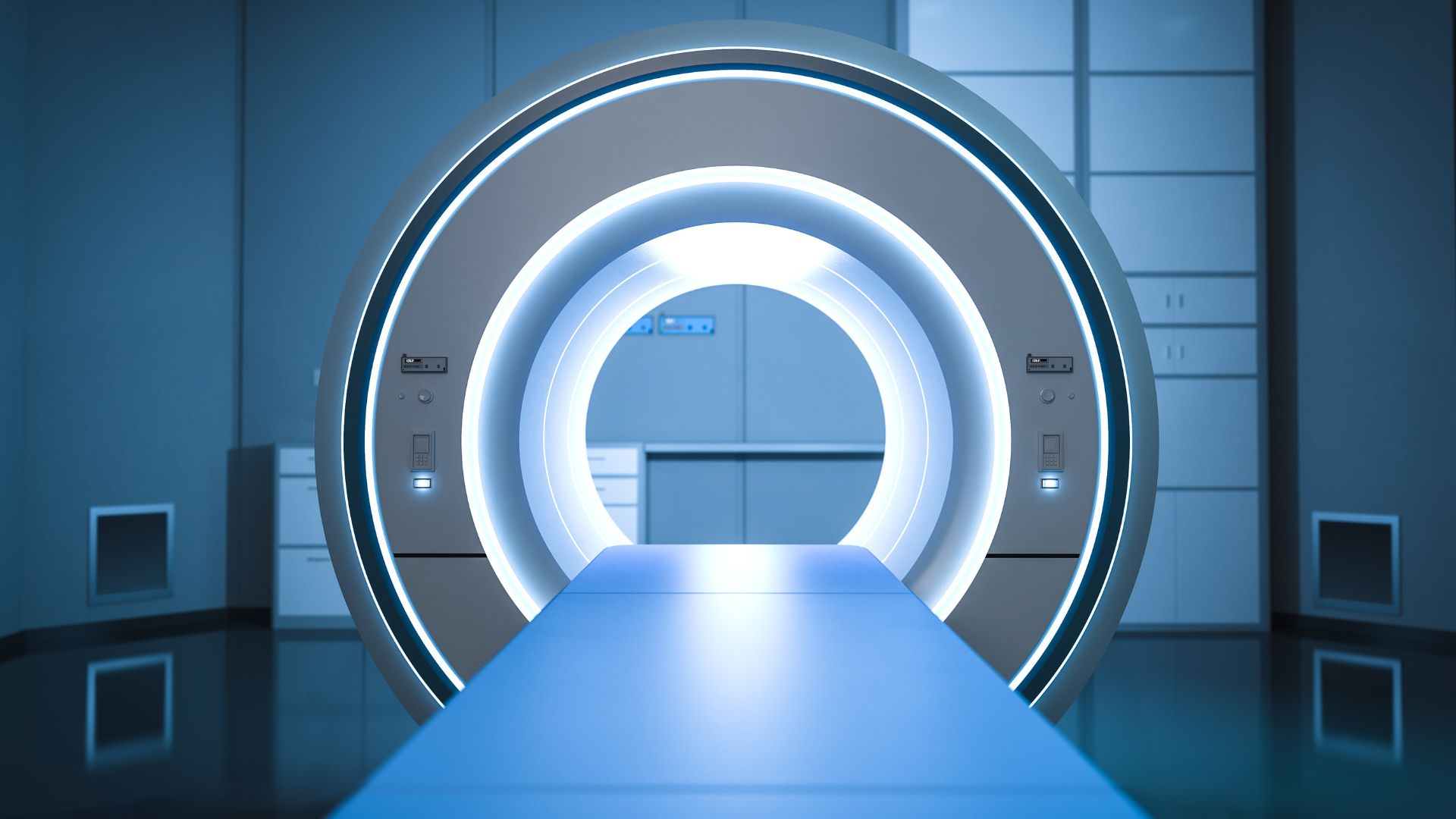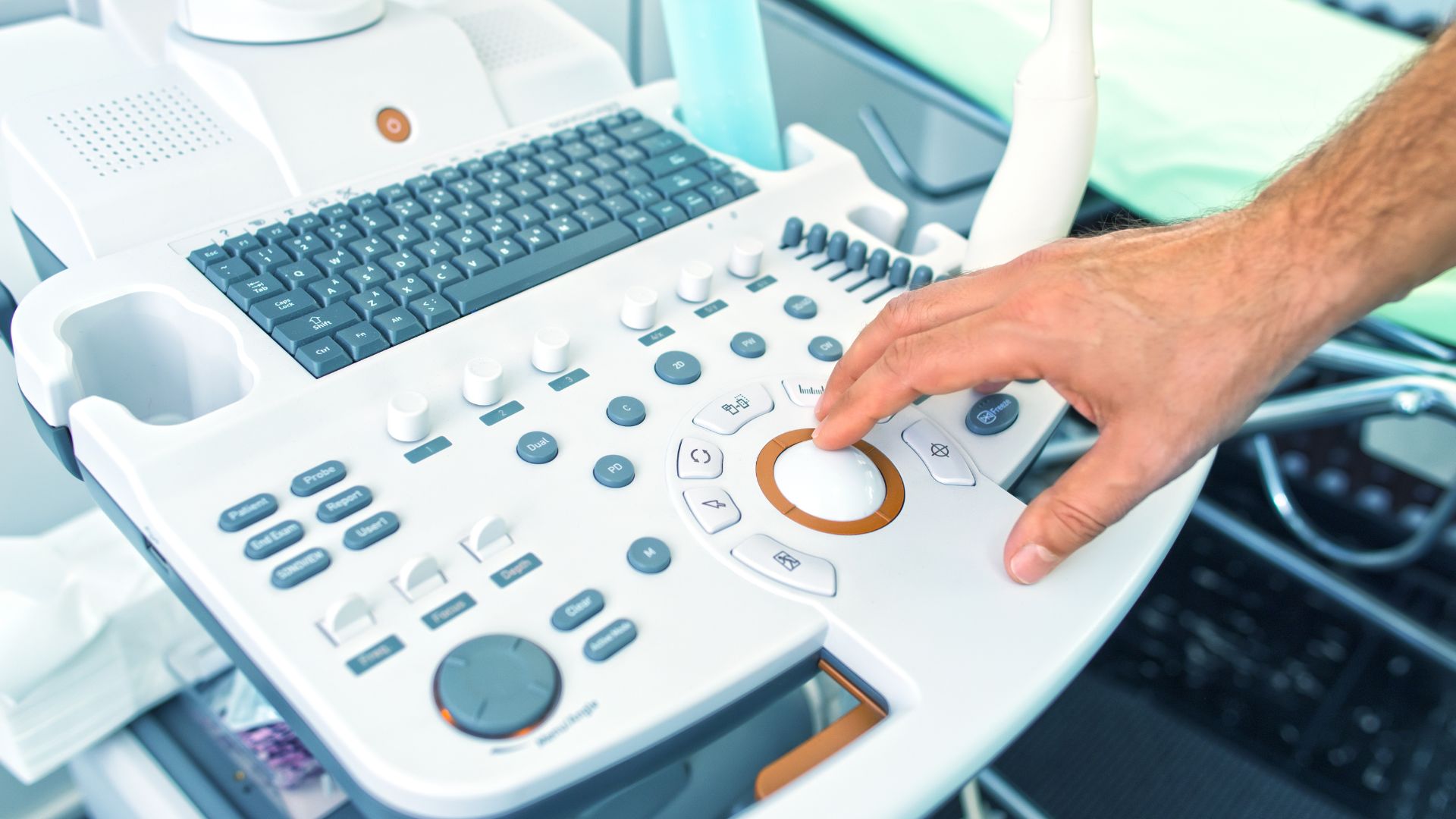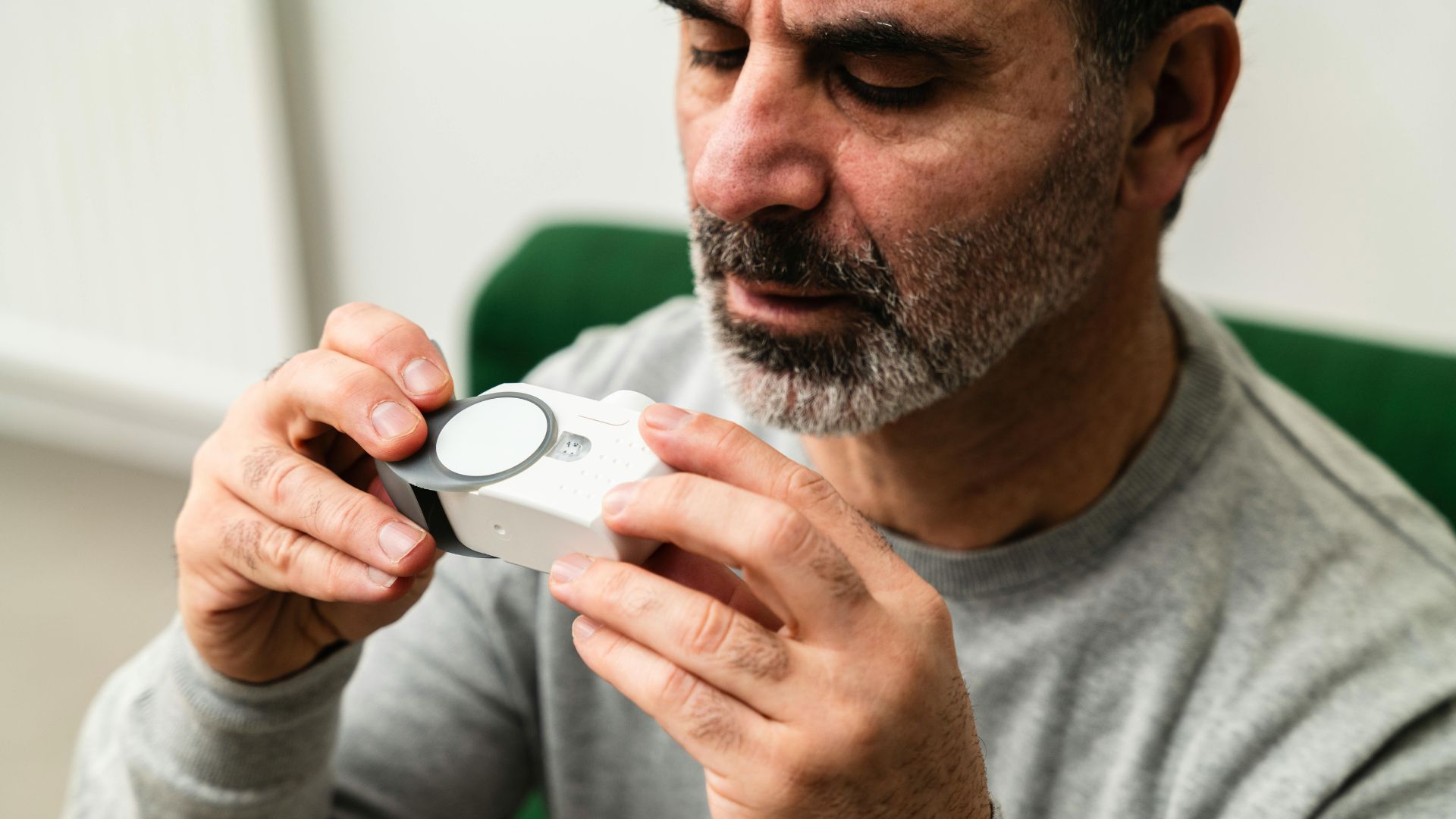Product realization is a foundational concept within quality management that refers to the coordinated set of activities through which a medical device moves from initial concept to final market release—and beyond. In ISO 13485:2016, Clause 7 (Product Realization) details the expectations for planning, designing, validating, producing, and delivering a medical device under regulatory control. It demands a structured approach to ensure that every step of the device lifecycle is planned, monitored, and aligned with safety, performance, and compliance objectives.
For regulatory professionals and quality leaders, understanding product realization is not only about ticking procedural boxes—it is about engineering predictability, traceability, and risk mitigation into the DNA of the product lifecycle. In this article, we unpack each phase of product realization, aligning it with regulatory obligations, best practices, and cross-functional strategies that help medical device manufacturers deliver innovative yet compliant products to the global market.
Planning of Product Realization
Clause 7.1 of ISO 13485 requires that organizations plan and develop the processes needed for product realization. This planning should be proportional to the complexity, classification, and intended use of the device, and must align with the rest of the QMS. Effective planning involves clearly defining objectives and responsibilities, integrating regulatory and customer requirements, outlining risk control strategies, and mapping out timelines aligned with business strategy. A thorough plan will also specify the checkpoints for verification, validation, design transfer, and cross-functional collaboration.
The output of this phase is typically a Product Realization Plan (PRP) or Design and Development Plan. This plan forms the operational blueprint, mapping the device’s journey from initial concept through design, development, manufacturing, and into commercialization. The plan also assigns accountability across departments and ensures alignment between technical execution and regulatory compliance.
Design and Development Inputs
Design input is the stage where product realization becomes tangible. Clause 7.3.3 of ISO 13485 mandates that inputs must include not only functional and performance requirements but also usability, safety, and regulatory expectations. These inputs must be clearly defined, unambiguous, and reviewed for completeness and adequacy.
This includes interpreting clinical and user needs, such as ensuring a surgical instrument has appropriate grip, reach, or feedback. It also requires reviewing and integrating the applicable regulatory standards, like MDR Annex I or FDA 21 CFR Part 820.30, and understanding constraints related to biocompatibility, sterilization, and intended use environments. Design inputs may also include standards like ISO 10993 for biocompatibility, IEC 60601 for electrical safety, and product-specific guidance documents.
Carefully defined and reviewed inputs reduce the risk of late-stage design modifications, enhance product safety, and minimize the likelihood of regulatory deficiencies during audits or submissions.
Design and Development Outputs
Once design inputs are confirmed, the organization begins to generate design outputs. These outputs must meet all input requirements and be in a form suitable for verification and validation. Clause 7.3.4 outlines expectations for documenting these outputs as specifications, drawings, manufacturing protocols, and inspection procedures.
Design outputs often include detailed device specifications and technical drawings that describe the physical, software, and performance characteristics of the device. Outputs also encompass manufacturing procedures, material selection criteria, inspection and testing protocols, and user interface requirements for software-driven systems. For software, this may include algorithms, version control frameworks, and cybersecurity provisions. For physical products, it may include component tolerances, surface finishes, bonding or welding requirements, and packaging configurations.
Each design output must be reviewed, approved, and archived as part of the Device Master Record (DMR), ensuring traceability and reproducibility.
Design Review, Verification, and Validation
Design review is an iterative process carried out at various phases of development to ensure that the design continues to meet input requirements and risk control expectations. Clause 7.3.5 of ISO 13485 requires that these reviews be formally documented and attended by cross-functional participants, including individuals not directly involved in the design work.
Verification and validation follow design reviews. Verification ensures that design outputs meet the input specifications. This is typically achieved through lab testing, statistical analysis, and peer review. Validation, by contrast, ensures that the final product fulfills its intended use under actual or simulated use conditions. For example, validation of a surgical catheter may involve usability testing with surgeons in a simulated operating room, as well as post-sterilization and packaging assessments. Regulatory frameworks such as MDR Annex XIV or U.S. FDA IDE requirements often mandate human factors and clinical validation depending on device risk class.
All activities must be traceable in the Design History File (DHF), which serves as evidence that the product was developed in a controlled and compliant manner.
Design Transfer and Production Readiness
Design transfer bridges the gap between R&D and production. This step ensures that validated design outputs are accurately translated into manufacturing procedures and that production systems are equipped to meet the required specifications. Clause 7.3.6 outlines that organizations must ensure production instructions are complete, correct, and validated.
The transfer process involves verifying that all documentation, including work instructions, inspection procedures, and control plans, has been validated in the production environment. Process validation (IQ/OQ/PQ) of equipment is conducted to ensure repeatability and reliability. Training programs are deployed to educate production teams on device-specific nuances. Change control systems must be ready to handle late-stage modifications, and risk mitigation plans must be in place for process deviations.
A successful design transfer enables scalable production, minimizes rework, and prevents costly errors that could affect regulatory timelines.
Purchasing and Supplier Controls
Product realization encompasses the quality and reliability of externally supplied components and services. Suppliers can significantly impact device safety, and thus they must be evaluated, qualified, and monitored under a formal supplier management system. Clause 7.4 mandates controls for supplier selection, validation of purchased product, and ongoing performance monitoring.
Key activities include conducting initial supplier audits to assess capability and compliance, defining inspection criteria for incoming materials, and establishing contractual agreements that mandate adherence to regulatory expectations. Critical suppliers—those providing components affecting safety or performance—may require performance metrics, scorecards, or escalation triggers in the event of nonconformance. Ongoing communication, audit schedules, and corrective action frameworks ensure supplier reliability.
Traceability of supplied parts is essential, especially in recalls or complaint investigations. Documentation of purchasing controls is routinely examined during regulatory audits.
Production and Process Control
Once the design has been transferred, production must be carried out under controlled conditions. This involves developing documented work instructions, calibrating equipment, performing in-process inspections, and capturing production records. The environment, personnel, and tools must be suited for the level of precision and cleanliness required.
Processes that cannot be fully verified through post-production testing, such as terminal sterilization or software installation, must be validated during production setup. This validation process includes Installation Qualification (IQ), Operational Qualification (OQ), and Performance Qualification (PQ). Manufacturers must also implement controls for in-line inspection, nonconformance handling, and material segregation.
Device History Records (DHRs) must be meticulously maintained to ensure full traceability for each production lot or serialized unit. These records are critical for demonstrating compliance during audits, supporting field actions, and confirming complaint investigations.
Product Realization as a Lifecycle Discipline
Product realization is not a one-time procedural phase—it is a comprehensive, cross-functional framework that governs the transformation of a concept into a compliant, validated, and commercially viable medical device. Every phase, from planning and input definition to production and monitoring, must be executed with traceability, regulatory rigor, and collaboration between technical, quality, and regulatory teams.
Organizations that treat product realization as a strategic process—not just a regulatory obligation—position themselves to achieve faster development timelines, fewer compliance gaps, and improved patient outcomes. Through robust design control, cross-functional planning, strong supplier oversight, and a closed-loop feedback system that connects market performance back to development, companies can create devices that not only meet regulatory requirements but also exceed clinical expectations.
In a rapidly evolving global regulatory landscape, product realization must be flexible, data-driven, and intimately connected to quality systems. It is the operational engine behind compliance, innovation, and market success—and when done right, it becomes a lasting source of organizational resilience and reputation.

